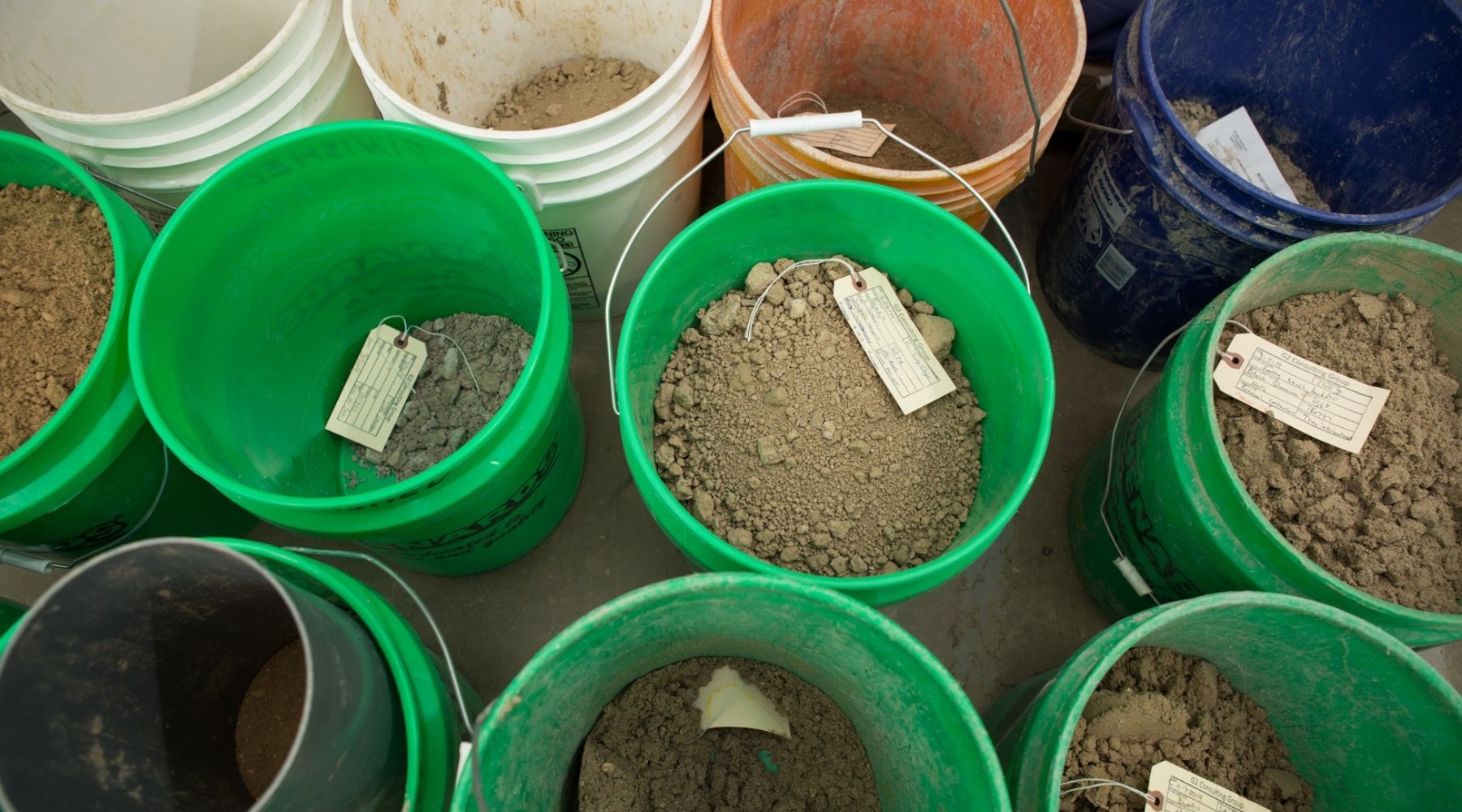Efficient Process Saves Time and Reduces Costs
Addressing soil characterization during the Geotechnical Investigation phase saves our clients time and money by certifying the soils during the early stages of the planning process. G2 recommends Clean Construction and Demolition Debris (CCDD) services to minimize additional expenses. CCDD is defined by the Illinois Environmental Protection Agency (EPA) as ”uncontaminated broken concrete without protruding metal bars, bricks, rock, stone, reclaimed asphalt, and soil generated from construction and demolition activities.”
Disposal of soils that cannot be utilized on site during grading is significantly less expensive at a clean fill facility. Analyzing soil and having certification forms in place early in the project stage helps remove potential delays and unplanned costs. Once site development begins, potential costs arise from stockpiling soils on site while waiting for lab results. These soils may then need to be disposed of at a regulated landfill. Further, owners can utilize this information to obtain favorable pricing from contractors when their projects bid.
G2 Consulting Group reviews available environmental reports, as well as readily available information within the Illinois EPA’s databases to determine if there are significant environmental issues associated with the subject property or immediate adjoining properties. Based on our review, we determine an appropriate number of soil samples and locations, as well as a scope for analytical testing parameters.
Soil samples are obtained during drilling operations performed in conjunction with our Geotechnical Investigation using proper environmental sampling protocol. Soil at the project site is visually assessed and screened in the field using a photo ionization detector (PID). Soil samples are selected for analytical testing based on visual observations, PID screenings, or using other pertinent data from our review. Representative samples are selected and submitted to an accredited laboratory for analysis and comparison with the Illinois EPA’s “Maximum Allowable Concentrations of Chemical Constituents in Uncontaminated Soil Used as Fill Material”. This analysis is used to determine if soils at the site meet the Illinois EPA’s criteria for disposal at a CCDD facility. Provided the material is determined to be non-impacted, a licensed Professional Engineer completes the Illinois EPA Form LPC-663 certifying that the soils are non-impacted. It should be noted that final acceptance of the material is up to the individual landfill facility.
